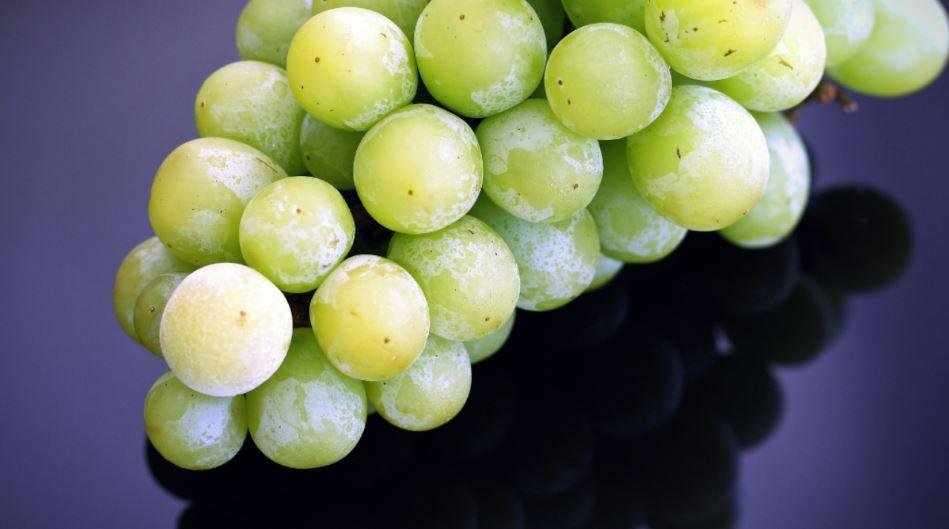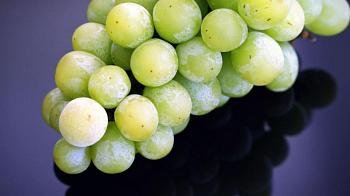Understanding Hazard Versus Risk key in Today's Food
(NC) Farmers, scientists and others involved in producing food in Canada often talk about risk-based decision making. This is especially true when the topics of regulation and food safety come up.
What does that mean?
A hazard has intrinsic properties that cause harm, whereas risk is the actual chance of that harm occurring. Scissors are a hazard, but they become a risk when you run with them, for example.
When it comes to regulating crop protection products, or products of plant biotechnology, regulators must determine the acceptable level of risk. Regulators in different countries will have different criteria that influence how they make policy decisions on science.
Unfortunately, disconnects between media, policymakers and the public can also have significant impacts on how those policy decisions are made — especially if consumers are unsure about how to distinguish risk from hazard when it comes to science and innovation.
This has led to the new School for the Future of Innovation in Society at Arizona State University, which was launched in the fall of 2015.
Andrew Maynard, an expert in science communication, science engagement and the responsible development and use of emerging technologies, is the director of the university's new Risk Innovation Lab. It's focus is on transforming how people think about and act on risk.
Maynard was previously the director of the Risk Science Centre at the University of Michigan's School of Public Health and explained the concepts of risk and hazard in a series of popular whiteboard videos called Risk Bites, available online at riskbites.org.
www.newscanada.com
Comments
There are 0 comments on this post





